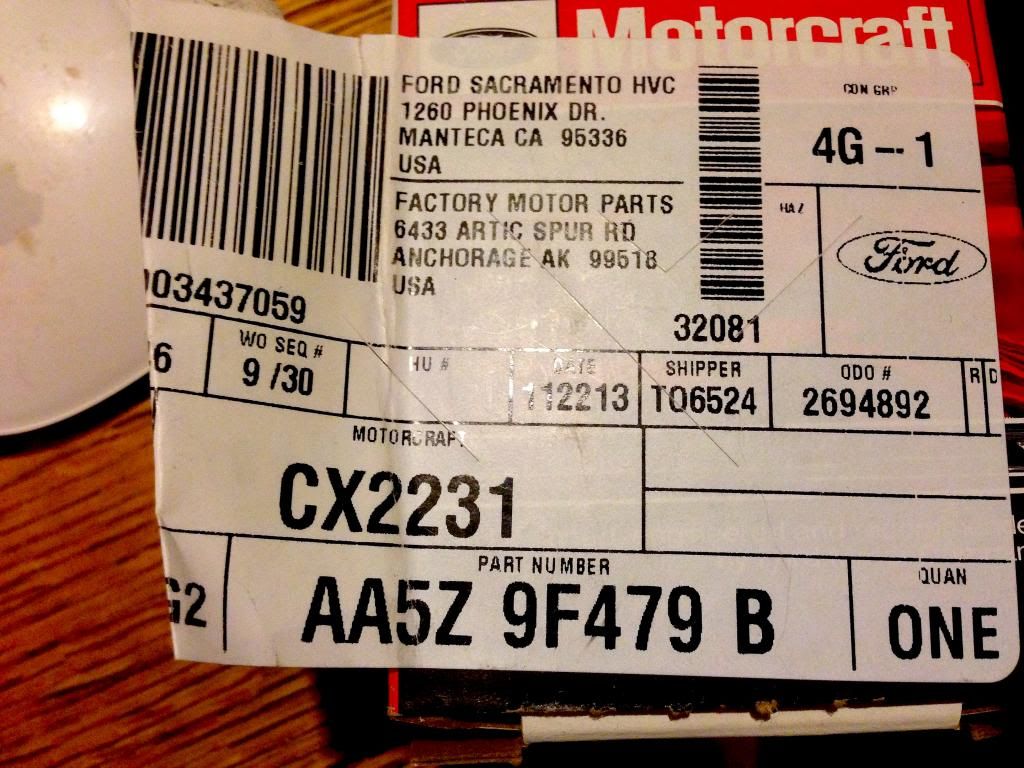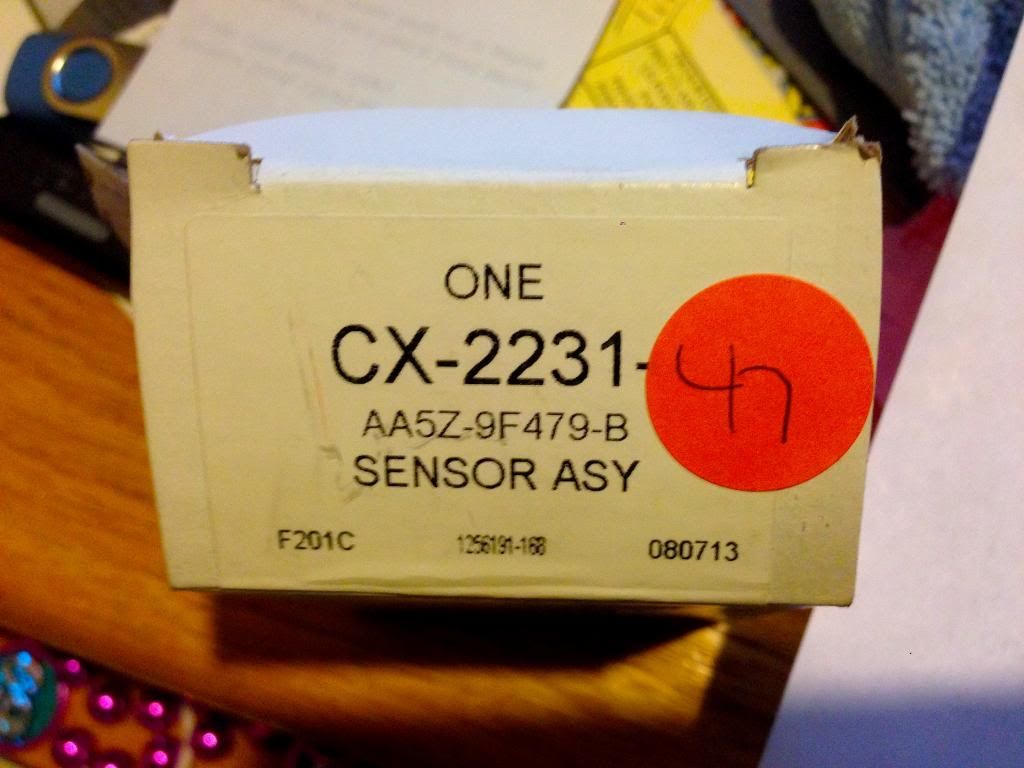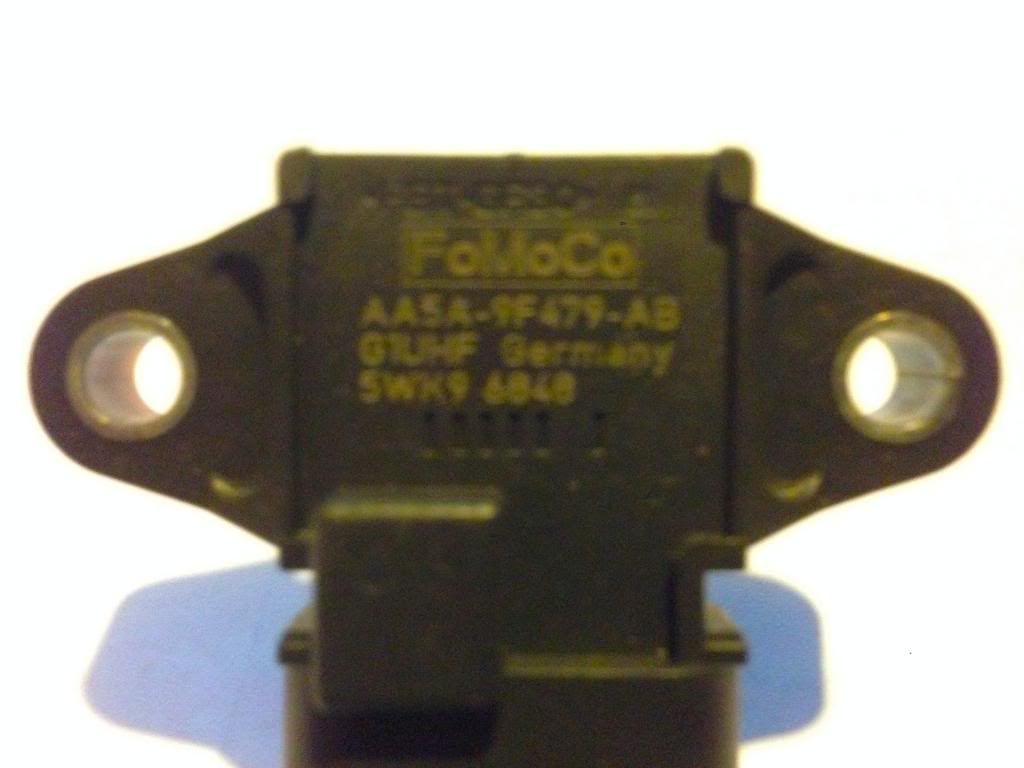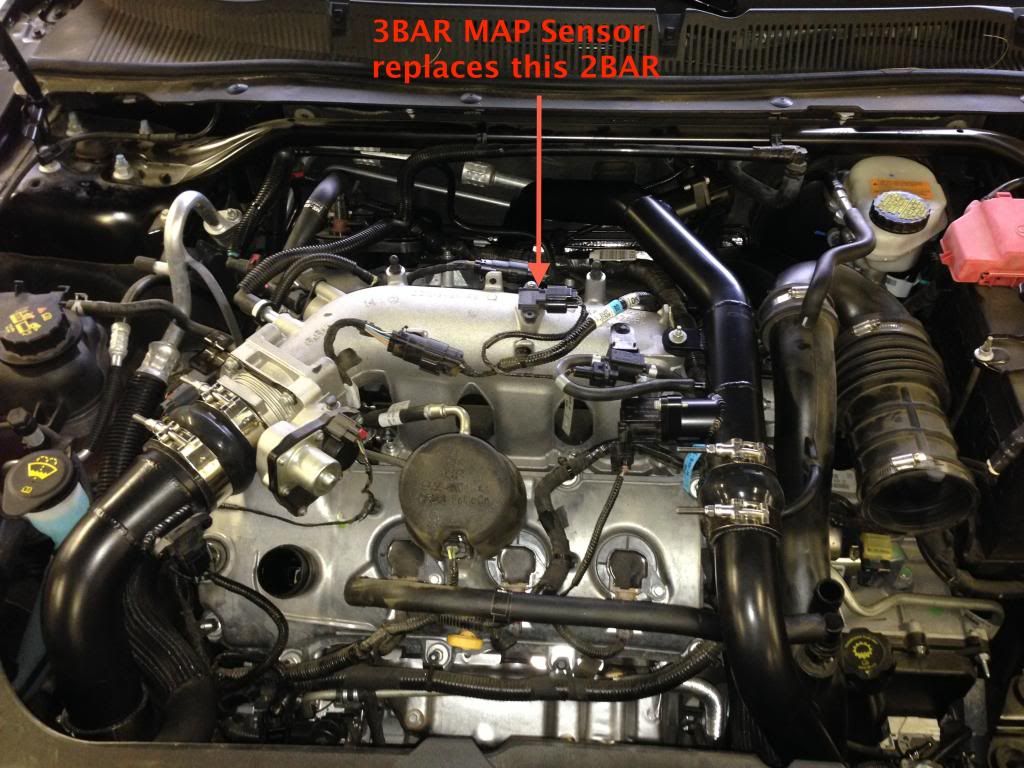boostedflex
New member
Hey everyone,
I have been tuned now for about 12,000 miles (Torrie), no issues at all, very pleased I recently added a boost gauge though, my Flex has always seemed to dog on the two to three shift, now watching the gauge, I see the boost drop to like 10 pounds for the shift, then raise back up. Guessing this is torque management? Can this be reduced on a specific gear shift (I am happy with all other shifts except for this one), and long term will it affect reliability if I am hitting third harder?
I recently added a boost gauge though, my Flex has always seemed to dog on the two to three shift, now watching the gauge, I see the boost drop to like 10 pounds for the shift, then raise back up. Guessing this is torque management? Can this be reduced on a specific gear shift (I am happy with all other shifts except for this one), and long term will it affect reliability if I am hitting third harder?
Also, keep going back and forth on the 3 bar map, right now beyond the two three shift I am happy, will the 3 bar give me a noticeable bump in performance, and if so at the expense of turbo/engine/drivetrain life? Torrie also pulled some timing from my tune so the car would be a bit more forgiving if I get a bad tank of gas (think a station sold me 89 octane instead of 93, lucky I caught the pinging really quick), how much less of a safety net would I have if Torrie did elect to raise the boost after the 3 bar. I do find myself flogging my ride a couple of times a day, so while I would like a bit more power, I dont want to kill my vehicle either.
Thanks in advance,
Rik
I have been tuned now for about 12,000 miles (Torrie), no issues at all, very pleased
Also, keep going back and forth on the 3 bar map, right now beyond the two three shift I am happy, will the 3 bar give me a noticeable bump in performance, and if so at the expense of turbo/engine/drivetrain life? Torrie also pulled some timing from my tune so the car would be a bit more forgiving if I get a bad tank of gas (think a station sold me 89 octane instead of 93, lucky I caught the pinging really quick), how much less of a safety net would I have if Torrie did elect to raise the boost after the 3 bar. I do find myself flogging my ride a couple of times a day, so while I would like a bit more power, I dont want to kill my vehicle either.
Thanks in advance,
Rik



